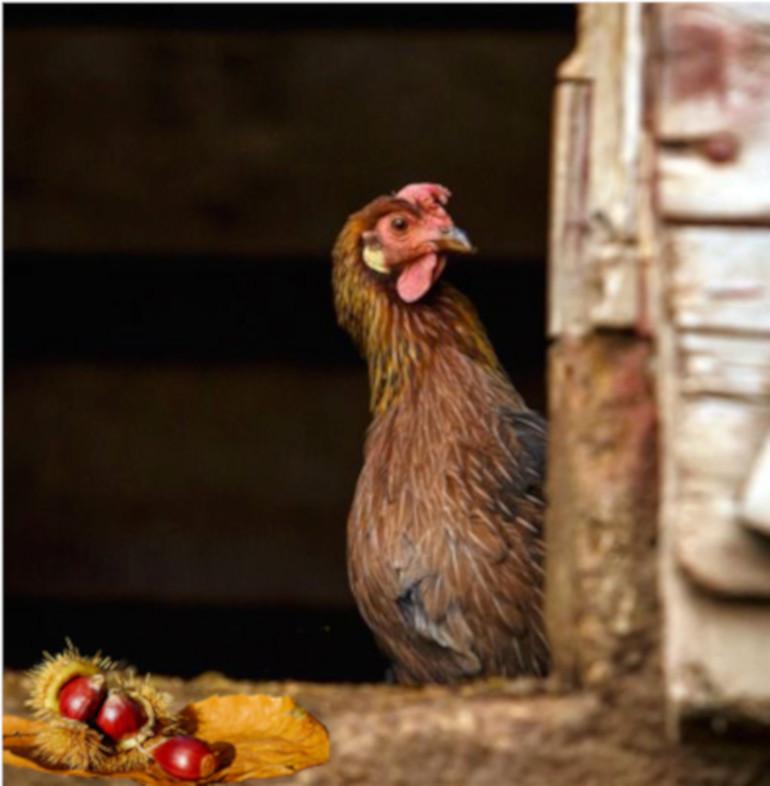How chickens can benefit from chestnut tannins.
You are here

Today, feed additives in general and additives extracted from plants in particular, get a lot of attention from researchers as a result of their holistic and broad spectrum efficacy.
The same is valid for the tannins, widely distributed secondary metabolites in plants, playing a prominent role in the general defence strategy of plants.
Where it was formerly believed these compounds have an anti-nutritional effect, there are indications when fed at lower concentrations, tannins can have a positive influence on the digestion of fat and protein. In addition, research has shown tannins also have an anti-microbial, anti-parasitic and anti-inflammatory effect.
"How do tannins exercise a beneficial effect on poultry and animal performance?". "How can this be improved?". Questions ILVO, in collaboration with Sanluc International nv, is trying to answer.
In this new R & D project, researchers want to clarify the mechanism of action of tannins to be able to apply this additive in the poultry sector in a more targeted and optimized manner. When administering this additive, a favorable trend was already observed in production, animal health and drier litter, which is positive for animal health (fewer footpad problems) and emissions (lower ammonia emissions).
The first part of the study includes small-scale tests on both laying hens and broilers, which will include digestion, intestinal health, anti-oxidative properties and the influence on eggs and meat. Once these tests have provided us with more insight into the beneficial properties of this substance, the study groups will be expanded and different feed strategies will be tested to optimize production and animal health.
The ultimate aim of the study is to provide more insight into how tannins can affect animal health, the production of meat and eggs, and how this additive can be applied worldwide in the poultry sector.
Interested to be further updated in this study? Sign up for our newsletter by sharing your coordinates via the website contact form, mentioning “Sign me up for the Sanluc newsletter” and we will be more than happy to keep you posted about this study and future projects and solutions.